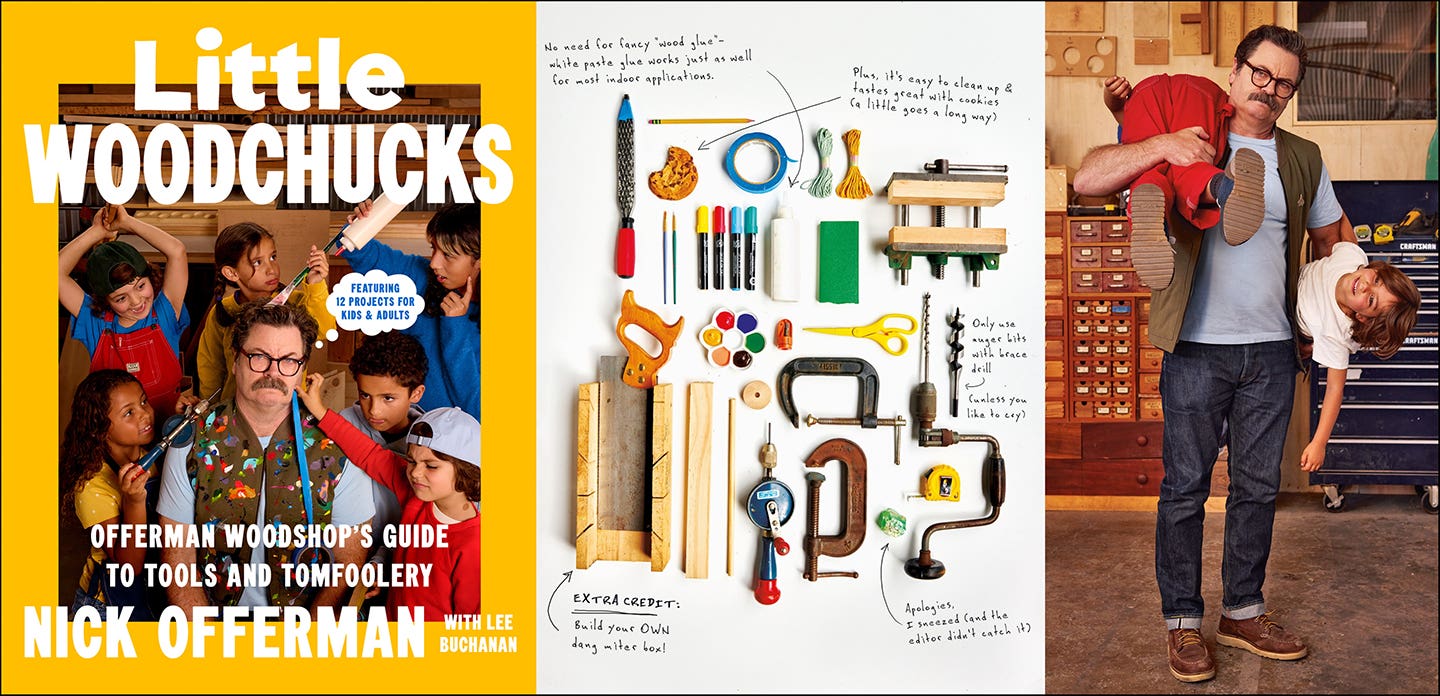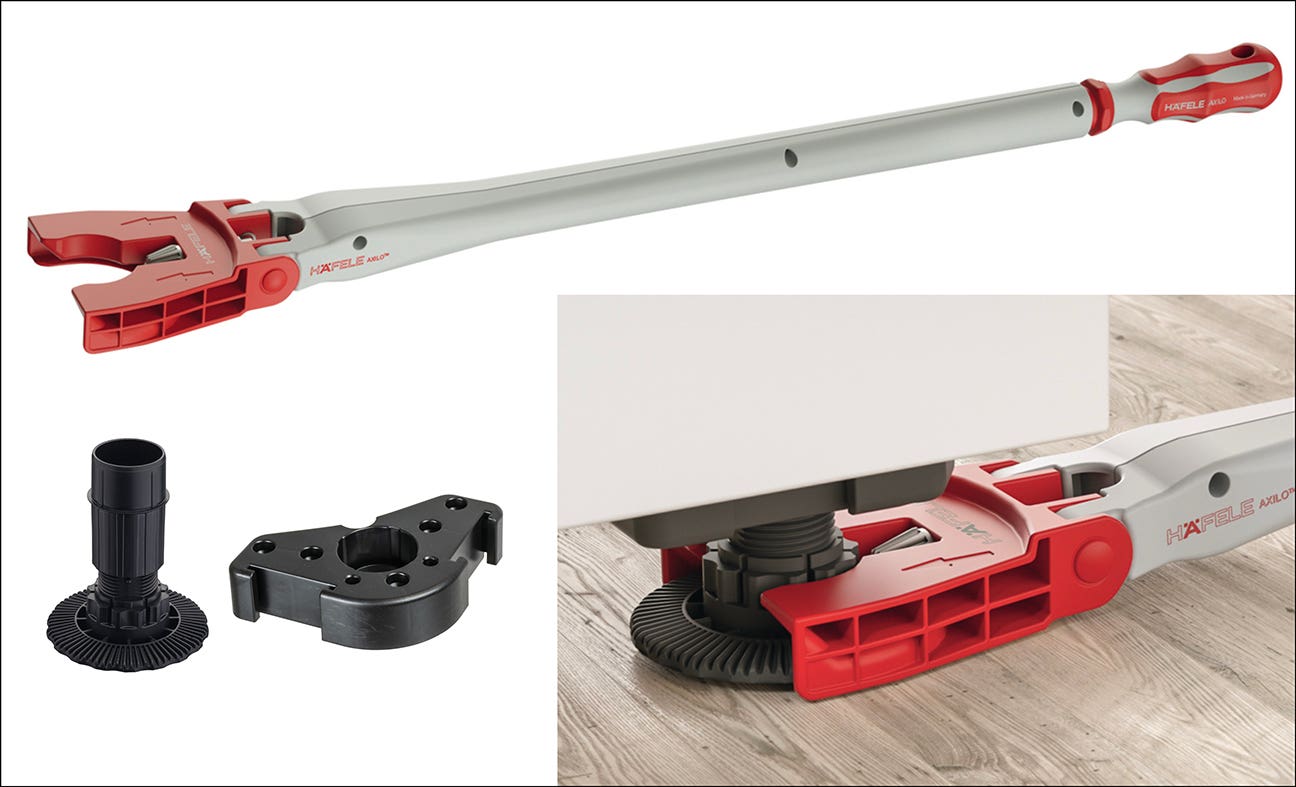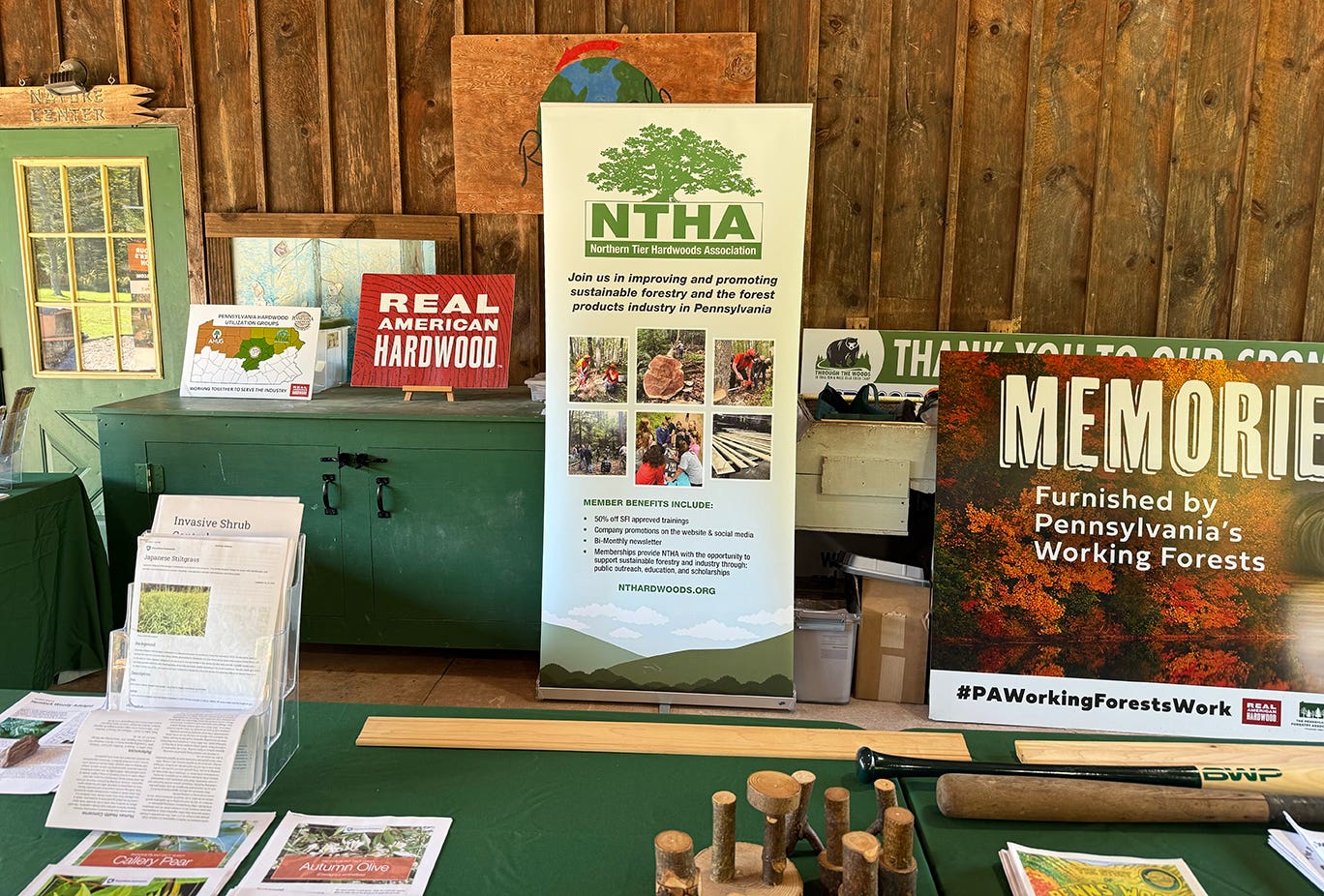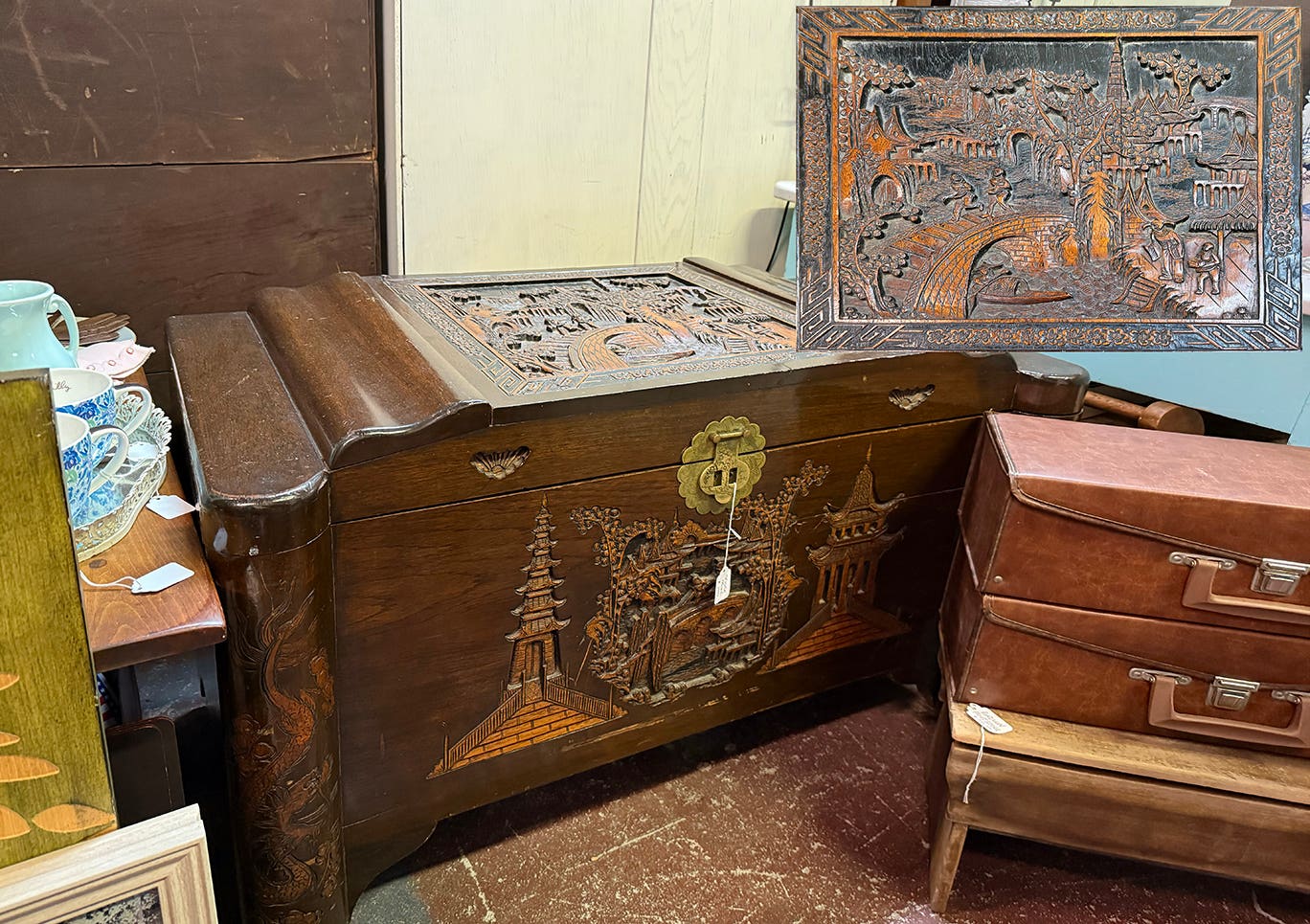I made a simple jig one today for a single purpose, but it ending up serving three. I love when that happens. One of the projects in the birdhouse book…
I made a simple jig one today for a single purpose, but it ending up serving three. I love when that happens.
One of the projects in the birdhouse book Im working on is a finch feeder made from a clear acrylic tube. (Acrylic in a woodworking book? The lathe-turned top and bottom of the feeder earn it a spot.) The tube requires a series of holes that must be aligned carefully so the perches pass through squarely, plus another series of smaller holes for hungry little birdies to get at the thistle seed inside.
Id already made one of the feeders to take a beauty shot outdoors earlier this summer, but now I was shooting step-by-step photos so had to make another. On that first one I just eyeballed the hole alignment and it came out fine, but in a book intended for a readers with a wide range of woodworking skills I thought it a good idea to make a drilling jig to help the reader get the holes right. I took a length of scrap and nailed two thin strips to one face, spaced so the tube nestled perfectly between them.
It hadnt occurred to me when I made the alignment jig that it would also make the tube far easier to manage on a drill press, so it quickly became dual-purpose. With the holes drilled, there are still a number of assembly steps to do, but I found that the jig now worked as a perfect cradle to hold the tube stationary on my workbench. When I made the first one, it was constantly rolling all over the place so bingo, it suddenly became a triple-purpose jig.
Since I wasnt taking photos the first time and just wanted to get the feeder done quickly, I didnt bother with a jig. This time though, even though it took time to make the jig, it speeded up the construction process so much that although I was stopping to take photos of the various steps, I finished it almost as quickly as the first one.
Its very easy to waste a lot of time making jigs you think you need but really dont. As I learned by accident this afternoon, it can be just as easy to waste time not making one.
Till next time,
A.J.
A.J. Hamler is the former editor of Woodshop News and Woodcraft Magazine. He's currently a freelance woodworking writer/editor, which is another way of stating self-employed. When he's not writing or in the shop, he enjoys science fiction, gourmet cooking and Civil War reenacting, but not at the same time.







